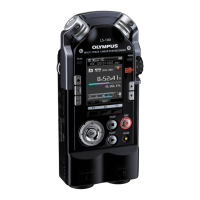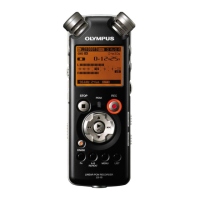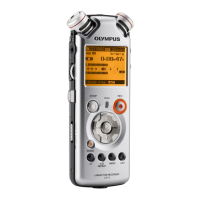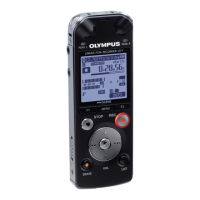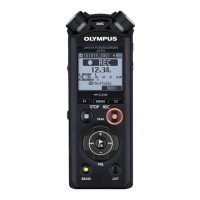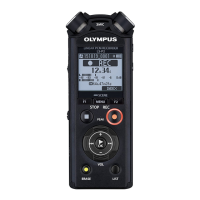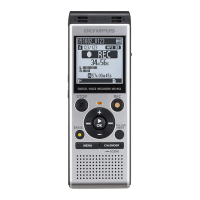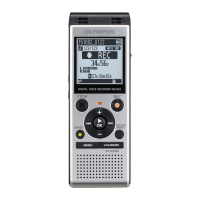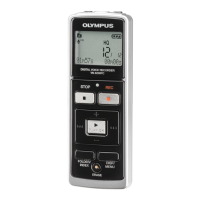Why can't I record on my Olympus LS-100?
- WWilliam AcevedoSep 2, 2025
If you are unable to record on your Olympus Voice Recorder, it could be due to no remaining memory. Try erasing unnecessary files. Alternatively, the maximum number of files may have been reached, so try changing to another folder.
